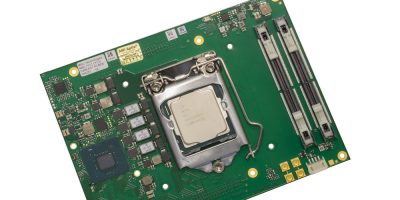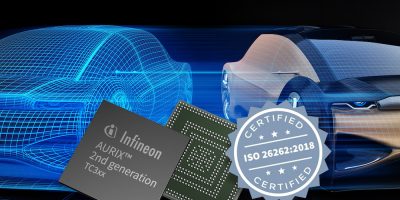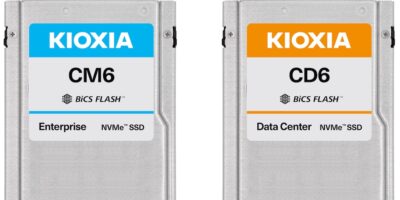Based on the new PICMG COM-HPC Client standard, Avnet Integrated has launched the first of the company’s Computer-On-Module for High Performance Computing (COM-HPC) product line, the MSC HCC-CFLS client module series.
The MSC HCC-CFLS client module family suits a range of applications, including human machine interface systems, complex industrial controls, monitoring systems with numerous sensors, artificial intelligence solutions, industrial Internet of Things applications, medical devices and gaming systems.
The client interface offers a large selection of graphic interfaces, 1G and 10G Ethernet ports, PCI Express interfaces and USB ports. In addition, Avnet Integrated provides the appropriate COM-HPC client carrier board MSC HC-MB-EV, including comprehensive design support, for a first evaluation of the high-performance computing modules in the new standard for rapid prototyping and for fast application development.
The MSC HCC-CFLS COM-HPC client module family is based on the 9th generation socketed Intel Core S processor family, which the company says ensures high scalability – from cost-effective, entry-level variants to high-end processors with up to eight cores and 16 threads.
The new COM-HPC Computer-On-Module standard was optimised by PICMG for powerful high-performance computing applications that focus on high computing and graphics performance with high data throughput. In contrast to the server form factors, the client variants also offer a selection of graphics interfaces.
Available in a range of module variants, the MSC HCC-CFLS COM-HPC client product family ranges from Intel Celeron processors to high-performance Intel Xeon and Intel Core i7 processors with thermal design power from 35 W to 80 W.
For data-intensive applications, the modules can be equipped with up to 64 GB DDR4-2666 SDRAM with optional error checking and correction.
The modules’ graphics support graphics acceleration and hardware-based video encoding/decoding. Up to three independent display units, with a maximum resolution of 4k x 2k, can be connected via three DDI interfaces and one eDP interface.
The PCI Express Graphics x16 port based on PCIe Gen3 enables the integration of external graphics and artificial intelligence accelerators. In addition, further interfaces including 16 PCI Express x1 lanes, USB 3 Gen1 and 2, SATA 3.0, 1G and 10G Ethernet as well as GPIOs are available on the COM-HPC boards.
The MSC HCC-CFLS module family corresponds to the COM-HPC size C form factor and has dimensions of 160 x 120 mm. The module height is determined by the cooling solutions, which depend on the thermal requirements.







